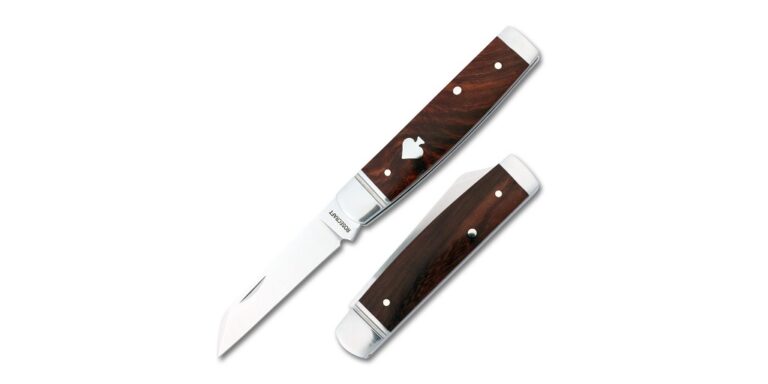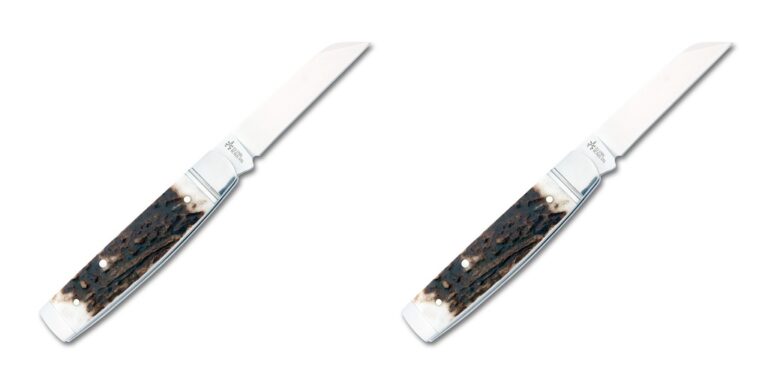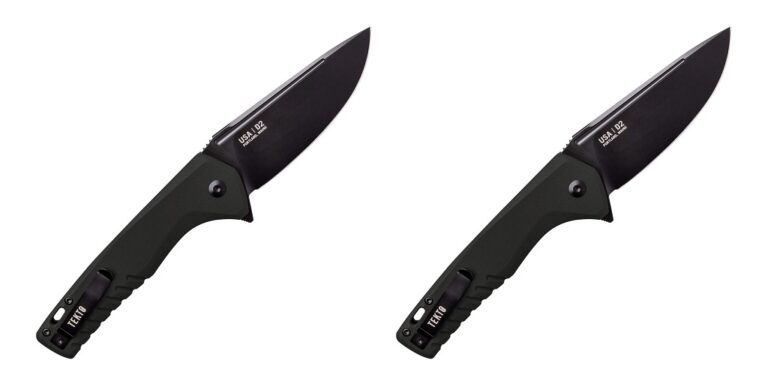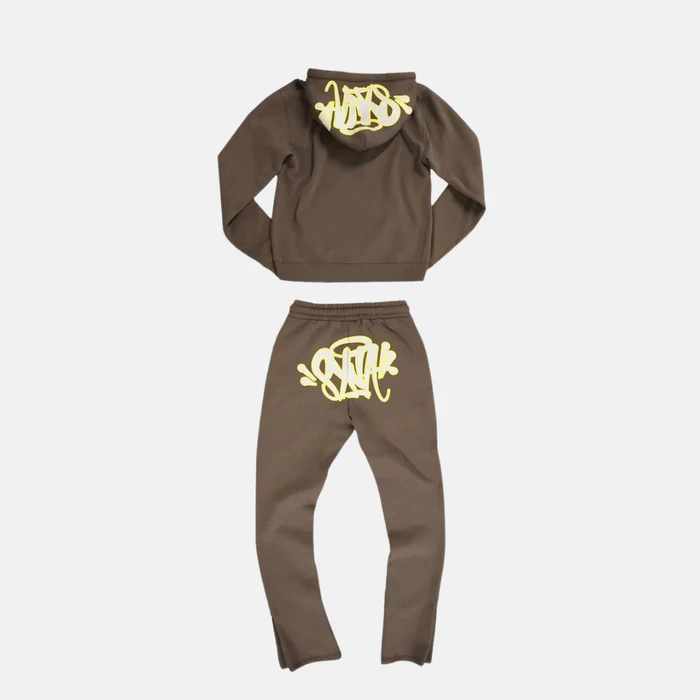For those of you that carry a Kershaw pocket knife, you’re in good company. This is the company that gave the world Composite Blade Technology and SpeedSafe Assisted Opening and produces some of the most popular pocket knives in the market.
Models like the Leek and Blur are iconic, and there are many others where they came from, made with both affordable and high-end steels, strong lock mechanisms, and fluid pivot systems.
But, like all tools, they will benefit from the right periodic care and attention. Here’s how to ensure your Kershaw pocket knife goes the distance.
- Clean and dry the blade after use
No matter what you use it for, make sure you never put it away dirty. Always wipe down your blade and remove any residue from it before storing it. Closing a dirty blade can get grime in the pivot mechanism or the lock anyway.
Also make sure it is completely dry before storing or it can rust.
- After saltwater use, thoroughly clean, dry, and oil the blade
Marine use merits a special note. It is not simply that you must clean and dry it before storing; even if you dry it, salt deposits on the blade can cause “stress corrosion cracking.”
Imagine this. You’re at the shore, using your Kershaw. You clean and dry it and store it. When you take it out again, the blade is cracked. It can and does happen.
Make sure you thoroughly rinse and dry your Kershaw twice, then apply a light coat of oil to the blade after use to protect it.
- Cleaning out the internals/lubricating
Over time, dust, grease and other stuff can get inside the knife and muck up both the pivot mechanism and the lock.
Compressed air can be used to blast dust out of the liners and from out of the lock. After that, you can apply a single drop of oil to the pivot if it needs it.
- Tightening the hardware
Over time and after use, the pivot mechanism of your Kershaw pocket knife will develop a little play. This is normal for a folding knife and easily remediable.
Simply tighten the pivot screw to restore functionality. Don’t overdo it though; if you tighten it too much it will be difficult to use.
The same goes for all the rest of the hardware on the knife.
- Keeping the blade sharp
A sharp knife is a safe knife and does what you want it to. It is a dull knife that requires you to strain yourself that puts you at risk of slipping and injury.
Keep your Kershaw as sharp as the day you brought it home. If you notice the blade getting dull after use, touch it up with a pocket stone.
What Not to Do with Your Kershaw Pocket Knife
What you shouldn’t do with your Kershaw pocket knife is just about as important as what you should. Here are some pointers:
- Never throw your pocket knife
- Don’t use the tip to pry
- Do not use it as a striking implement, or strike it
- Never use it for batoning
- Do not twist using the knife, you may chip or roll the edge
- Don’t let it get very dull
- Never use it in marine environments without thoroughly cleaning, drying, and protecting the blade
- Don’t go crazy oiling the blade or the pivot; a light coat is all that’s needed, and using too much will attract dust
- Don’t store it anywhere it will be exposed to prolonged periods of high humidity
If you follow these relatively basic maxims, your Kershaw pocket knife should last longer.
Here for a New Kershaw Pocket Knife?
Looking for a new Kershaw pocket knife? Visit White Mountain Knives. They carry a huge assortment from Kershaw and other top brands, like Rough Ryder, Case, ZT, Buck, Gerber, Cold Steel, Benchmade, and Spyderco are well-represented, along with countless others.
For more information about Good Pocket Knife Brands and Zero Tolerance Pocket Knife please visit:-White Mountain Knives, LLC


















